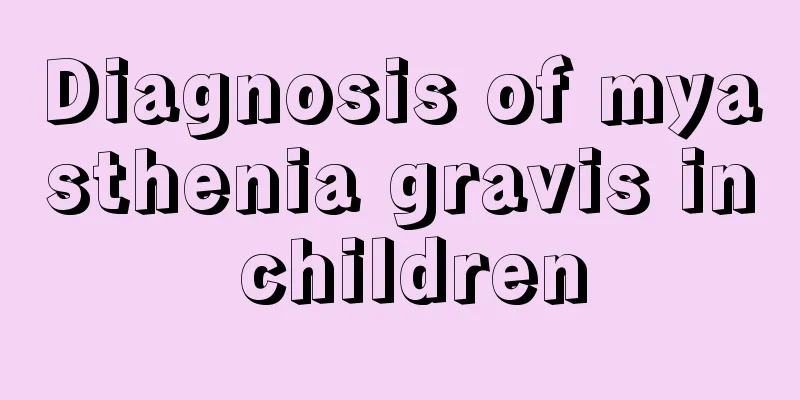Red skin on child

|
We all know that when babies grow and develop, they will encounter some allergens or other. Moreover, some babies will have symptoms of one kind or another after experiencing some allergies. For example, the skin will turn red in patches, which will cause great distress and worry to parents. So let us take a look at this situation below! 1. Urticaria is a common allergic skin disease. When exposed to allergens, red patches of various shapes and sizes will appear in unspecified parts of the body. These patches will become itchy. Urticaria can be divided into acute and chronic. Acute urticaria is a temporary allergic reaction. As long as it is treated according to the doctor's instructions, most cases can be cured within a few days. Chronic urticaria continues to recur for months to years, and the body constitution becomes extremely sensitive. Common triggers of urticaria: food, drugs, infection, physical factors, inhalants, and topical products. 80% of urticaria is hereditary. The easiest way to avoid allergies is to stay away from allergens. 2. Children's urticaria (infant type): Children's urticaria is mostly caused by allergic reactions. The most common suspected causes are first food and second infection. The causes of urticaria vary depending on age and diet. For example, if infants are mainly fed with breast milk, milk, and dairy products, the causes of urticaria are mostly related to additives in milk and dairy products. When infants and young children start to eat complementary foods, eggs, meat floss, fish floss, fruit juice, vegetables and fruits can all become causes of allergies. Preschool and school-age children often like to eat snacks, and there are more types of snacks and regular meals, so the chance of food allergies increases. Foods such as fruits, fish, crabs, shrimps, peanuts, eggs, strawberries, apples, plums, citrus, various cold drinks, beverages, chocolate, etc. may all be causes of allergies. Children aged 2-6 lack self-control and are often easily bitten by insects or come into contact with pollen, dust, mites and the fur of pets such as cats and dogs when they go outdoors, in the wild, in the bushes, or under street lights in the evening, all of which can easily become causes of allergies. Children in childhood and early childhood have low resistance and are prone to various infections. Therefore, diseases such as purulent tonsillitis, pharyngitis, enteritis, upper respiratory tract infections, etc. can become the triggering factors of urticaria all year round. Older children and adolescents are more likely to be allergic to drugs, especially penicillin, and develop urticaria. Children's urticaria is mostly allergic urticaria. If desensitization is not carried out early to completely change the allergic constitution, it is easy to develop complications such as allergic eczema, allergic asthma, allergic rhinitis and other allergic symptoms, which should be given enough attention. |
<<: What to do if your child's head circumference is too large
>>: What should I do if I have toothache during my 7th month of pregnancy?
Recommend
Seasonal skin allergies in children
Children have relatively poor resistance and are ...
What to do if a 3-year-old child doesn't like to eat?
After the child starts eating, he usually doesn&#...
What is the respiratory rate per minute of a newborn baby?
From birth, every movement of a newborn's bod...
Baby scalp erythema
Many patients tend to neglect some of the early m...
Prevention and care of children with high alkaline phosphatase
If a child has high alkaline phosphatase, it is m...
Can babies eat lotus seeds when they have a fever?
Children have very poor physical constitutions. W...
What are the treatments for oral ulcers in children?
In daily life, it is common for children to suffe...
The order in which children's teeth erupt and what symptoms occur during teeth eruption
When a child is 6 months old, he or she has basic...
What are the reasons why babies sweat on their heads at night?
What are the reasons why babies sweat on their he...
Symptoms of ADHD in a three-year-old baby
For three-year-old babies, this is the time when ...
What should I pay attention to when my child has watery beans?
Chickenpox is a common disease in children during...
Tips for parents to educate their children
It is very important to educate a child, because ...
Fifteen-month-old baby development standards and parenting tips
Fifteen-month-old babies are at the peak of their...
What are the tests for ADHD in children?
ADHD is a common chronic disease in children, but...
Children have fever and joint pain
Children always have joint pain when they have a ...









